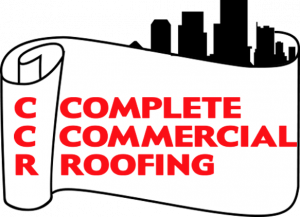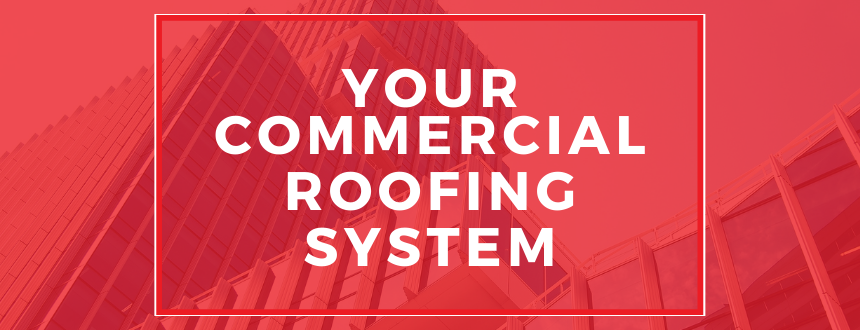Your New Roof’s Installation Team: Roles and Responsibilities
If you’re in the planning stages for a new commercial roof installation, it’s important to involve all participants who can add value to the process. Here are a few suggestions and their potential responsibilities.
The contractor is the most important member of the team because the quality of the installation comes down to their experience and familiarity with the new roofing system you’ve chosen. Before hiring a commercial roofer, you should investigate their previous projects, especially those that are similar to your own. Your roofer should provide you with peace of mind, before, during, and after the project has been completed.
From within your own organization, you should include the employee(s) who inspect and/or maintain your current roof and understand the roof’s issues and previous repairs that have been made. Since your new roof is a big capital expense, you should also involve those who manage your organization’s budget. This may be the facility manager, owner, purchasing manager, or head of finance.
If you have HVAC or other equipment on your rooftop, you should involve any third-party contractors who are responsible for managing those systems. Equipment may need to be moved or adjusted to accommodate the new roofing system, and that work is usually not part of the roofer’s job. Also, if you’re adding weight to the roof in the form of ballast, pavers, solar, vegetative, or other “overburden” systems, add an architect or engineer to your team.
The manufacturer of your roofing system can confirm that your contractor is authorized to install its products and tell you about any awards the contractor has received (for installation quality, for example) or other qualifications. The manufacturer will also provide a warranty for its products. Your contractor or the manufacturer’s representative should be able to clearly explain the coverage that the warranty provides, as well as options that might be available.
Complete Commercial Roofing has extensive experience working on roofing projects for a wide variety of commercial facilities. We have what it takes to be the roofing contractor you need on your team.






